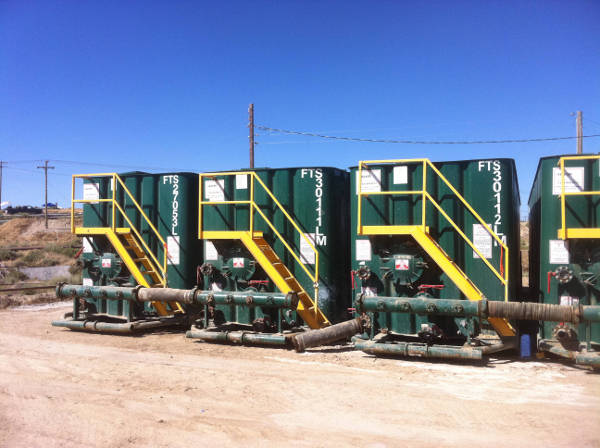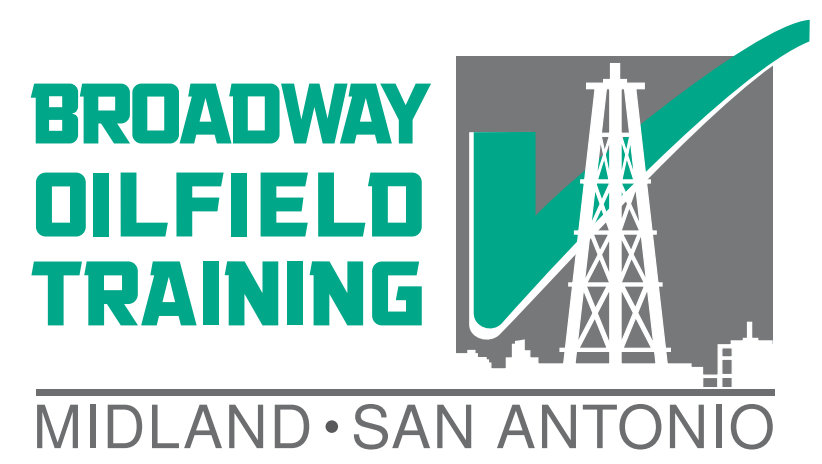 Despite the size and scope involved, hydraulic fracturing is one of the safest operations in the oil and gas industry. Like any industrial operation, frac jobs do have their own specific hazards which need to be accounted for. Also make sure to read our post about frac hits, which deals with communication across offset wells. New hire training can be done in our frac school.
Despite the size and scope involved, hydraulic fracturing is one of the safest operations in the oil and gas industry. Like any industrial operation, frac jobs do have their own specific hazards which need to be accounted for. Also make sure to read our post about frac hits, which deals with communication across offset wells. New hire training can be done in our frac school.
Noise: Frac pumps are notoriously high energy and therefore loud. Adequate levels of hearing protection must be worn when workers are outside of the protection of their personal vehicles or frac van. In many cases, depending on the number of pumps present, workers will require two sets of hearing protection while the job is being pumped.
Pressure: Treatment pressures during frac jobs are some of the highest applied during any oilfield pressure pumping operation save perhaps cementing. 10ksi and 15ksi frac valves and wellhead savers are the typical minimum surface pressure rating. Prior to pumping, it must be made sure that all iron in the system are rated above the maximum treating pressure and pressure tested.
Rates: In addition to the high treating pressure, frac jobs are also pumped at high rates causing additional vibration on the surface lines. In the case that a failure in one of the unions on the surface lines occurs, the release of hydraulic energy will cause the line to whip around like a fire hose if the iron is not staked down.
Hydraulic fluid: Frac pumps are some of the hardest worked machines in the oilfield and sometimes develop leaks between maintenance. One hard working system that can break down is the hydraulic system. When hot hydraulic lines burst, they can start a fire. If the leak is small and hydraulic fluid contact the skin, it can cause a chemical burn. The service contractors have in many cases put in places policies restricting the placement of the worker’s hands within the vehicle wells where hydraulic fluid can be encountered.
Sand dust: Sand haulers and others working around frac sand need to wear respiratory protection to protect themselves from the hazard of airborne sand dust. The worn-down sand dust causes severe damage, called silicosis, when it is inhaled into the lungs. A properly selected respirator should always be worn when there is a possibility of respirable silica.
Recommended Training: Frac School, South Texas SafeLand
Notice: Article is provided as is and for informational use only. Eagle Ford Training San Antonio, its owners, instructors, and affiliates hereto referred as the company shall have no liability for and you shall defend, indemnify and hold harmless from and against any claim loss demand, liability, obligation, and expense based upon any injury or damage, spill or pollution, product liability, or any other loss that may occur. The liability for the use of information is solely yours notwithstanding any act of error or omission by the company.
